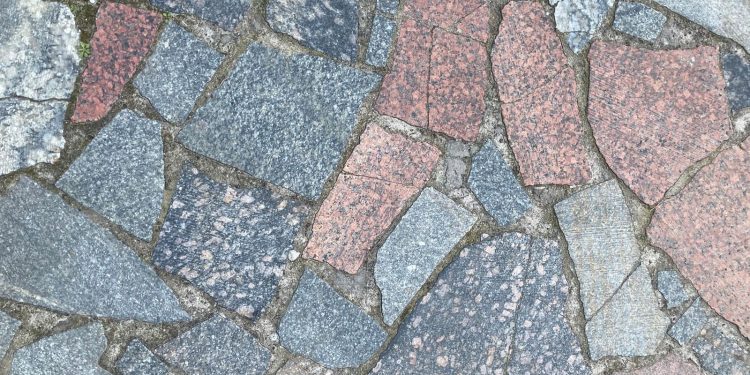Hidden beneath the soil of Denmark’s Falster Island, a remarkable discovery has emerged: a stone-paved cellar dating back 5,000 years to the Middle Neolithic period. Although it measures just 6.5 feet by 5 feet, the implications of this find are far larger, challenging our understanding of early Neolithic construction techniques and social complexity.
A Surprising Discovery
This ancient structure, discovered at the Nygårdsvej 3 archaeological site during a routine railway expansion, was unearthed just a foot below the surface. The cellar, carefully lined with pebble stones, offers a glimpse into the advanced knowledge of construction and domestic life during this period. Archaeologists involved in the excavation were left questioning long-held beliefs about the technological capabilities of Neolithic societies.
A study published in Radiocarbon sheds light on this groundbreaking discovery. The research team, led by Marie Brinch of the Lolland-Falster Museum, identified two construction phases at the site linked to the Funnel Beaker Culture. This paved cellar, situated beneath one of the house phases, appears to have played a central role in the settlement’s organization.
Rewriting History
The significance of this cellar extends beyond its humble size. The authors of the study noted that its presence suggests the people of this era possessed construction skills far beyond what was previously assumed. “The presence of this paved cellar challenges our understanding of the construction capabilities of Neolithic societies,” the researchers wrote. “It forces us to reconsider the complexity of their domestic structures and, by extension, their social organization.”
The discovery also raises questions about the broader purpose of the site. Was it part of a larger fortified settlement? The excavation revealed post holes and pits that suggest a sophisticated fencing structure, potentially indicating a fortified community. If true, this adds another layer of complexity to the understanding of how people in this era organized their societies.
A Central Hub
Artifacts such as flint tools and pottery, found concentrated around the cellar, indicate the site may have been a key gathering place for trade and social interaction. Radiocarbon dating of charcoal samples and artifacts found near the cellar place the site’s use in the Middle Neolithic period, around 3500 to 3000 BC. Such evidence suggests that the settlement could have served as a central hub for the region’s inhabitants and even travelers from distant lands.
Changing the Narrative
For a long time, Neolithic people were considered primitive, living simple lives with limited technological capabilities. However, discoveries like this stone-paved cellar are rewriting that narrative. The advanced construction techniques imply not only a higher level of technological proficiency but also an understanding of long-term planning, food preservation, and social structure.
“This discovery forces us to rethink our assumptions about Neolithic life,” the authors concluded. “The presence of a paved cellar implies advanced construction skills and a complex social fabric that we are only beginning to understand.”
Further research will be necessary to fully interpret the significance of the Nygårdsvej 3 site. Whether it was part of a fortified settlement or had a different purpose remains to be seen. Nevertheless, this discovery has opened up new avenues of exploration into the lives of Neolithic communities.











